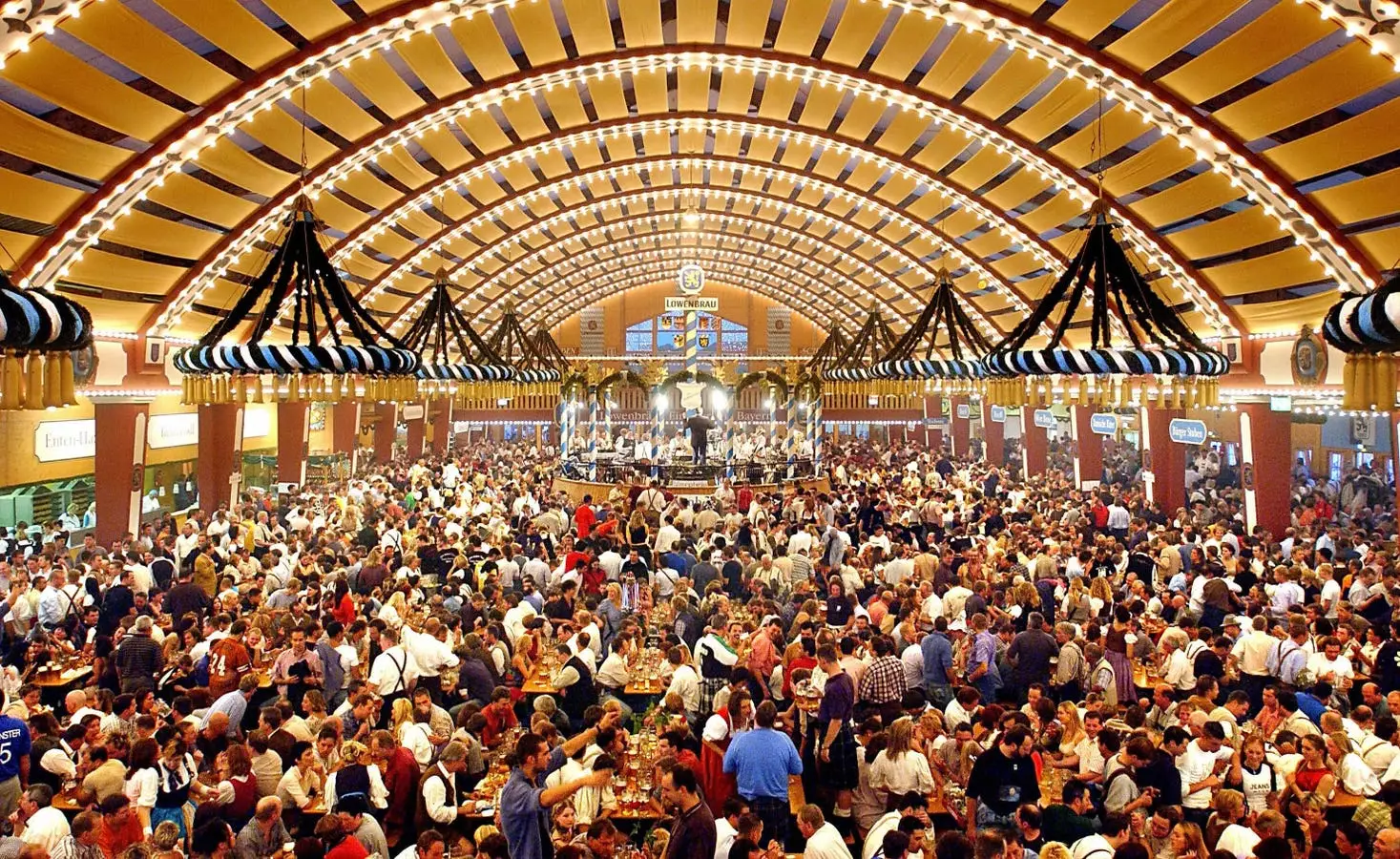Oktoberfest, the world’s largest folk festival, beckons beer enthusiasts and cultural aficionados alike to experience the joy and revelry associated with this German celebration. However, to truly immerse oneself in its spirit, a basic understanding of the unique traditions, beverages, and attire that characterize this festival is essential. This article provides a detailed exploration of Oktoberfest, ensuring you navigate through the festivities like a seasoned pro.
Oktoberfest’s history is as rich as the beers that flow during its festivities. It all began in 1810, when Crown Prince Ludwig married Princess Therese of Saxe-Hildburghausen. This grand occasion was celebrated not just with a wedding feast but culminated in a horse race in the meadow known as Theresienwiese, named after the bride herself. The event was such a hit that it laid the foundation for what has since evolved into the Oktoberfest we recognize today. While the original horse races have phased out, the tradition of gathering to celebrate remains steadfast, and Theresienwiese is now a bustling area within Munich where the festival takes place annually.
The connection to Bavarian pride cannot be overstated, as Oktoberfest has become synonymous with a communal atmosphere that celebrates regional culture, cuisine, and, of course, beer. Understanding this historical significance enhances the enjoyment of the festival, allowing attendees to appreciate not only the fun but also the heritage behind it.
Central to the Oktoberfest experience is the beer itself, specifically a style known as festbier. This traditional golden lager typically exceeds 6% ABV and exhibits a smooth, malty profile with hints of cracker and mild herbal hop notes. It’s important to note that in Munich, ordering an “Oktoberfest” will usually land you a festbier, the beer officially served under Munich’s guidelines. In contrast, visitors to U.S. breweries often receive Märzen—an amber lager that many mistakenly associate with the festival.
While Märzen beers are brewed specifically for Oktoberfest and are beloved for their toasty and slightly sweet flavor profiles, those venturing to Munich should adjust their expectations accordingly. Brewing practices and styles vary, so it is essential for festival-goers to recognize these distinctions to fully enjoy the drinking culture at play.
Furthermore, it’s crucial to understand the significance of the maβkrug, the iconic one-liter beer mug. Often referred to as just “mass,” this glass can hold a staggering volume by American standards—a full quart of delicious Bavarian brew. The physicality of holding such a large mug impacts the festival experience, encouraging social interaction and camaraderie among attendees. However, one must differentiate a maβkrug from a stein, as the latter refers to a more traditional stoneware vessel.
To fully embrace the Oktoberfest spirit, adopting traditional attire is not just encouraged—it’s almost mandatory. Commonly worn garments include lederhosen for men and dirndls for women. Lederhosen, often crafted from leather, come in various styles and lengths, while dirndls consist of a bodice, blouse, skirt, and apron, allowing for a range of expressions from modest to spirited. This traditional clothing not only signifies respect for Bavarian culture but also enhances the overall festive atmosphere among revelers.
Accessorizing further with Tyrolean hats embellished with feathers, flowers, or a decorative gamsbart can help participants showcase their individuality while adhering to the cultural dress code. These hats are not merely fashion statements; they carry stories of their own, reflective of the region’s historical craftsmanship and cultural significance.
As joyous as the celebrations may be, it is vital to approach Oktoberfest with a sense of responsibility. Whether you find yourself amidst the large tent crowds in Munich or hosting your own gathering, moderation in drinking and mindful celebration will ensure that the experience remains positive. Engaging with loved ones, immersing in new traditions, and making lasting memories should always take precedence over excess.
Oktoberfest is more than just a beer festival; it is a vibrant celebration of Bavarian heritage, community, and joy. By understanding the nuances of its history, beer styles, traditional attire, and the importance of responsible festivity, you can enhance your Oktoberfest experience, ensuring it becomes a cherished memory for years to come. Prost!

